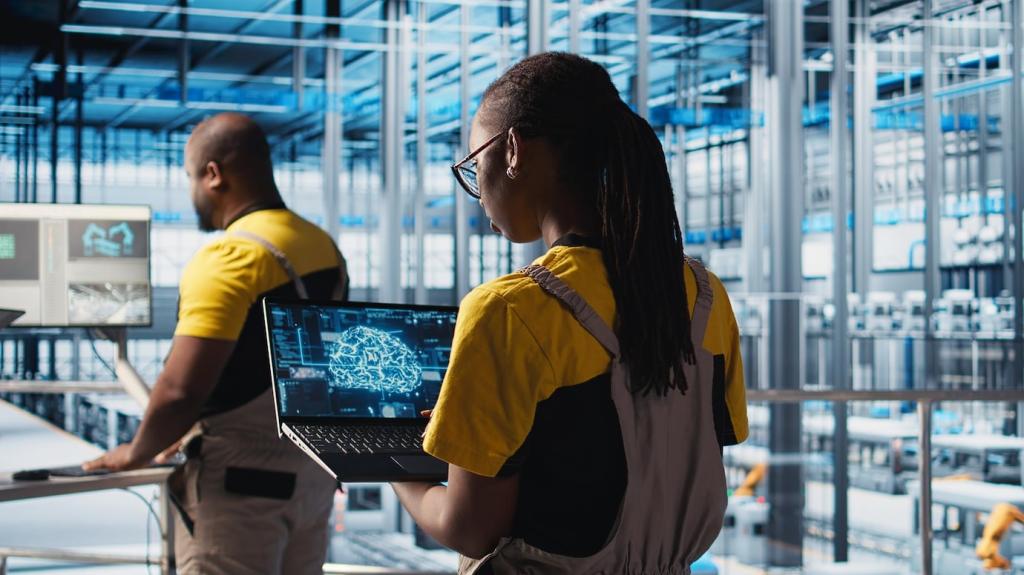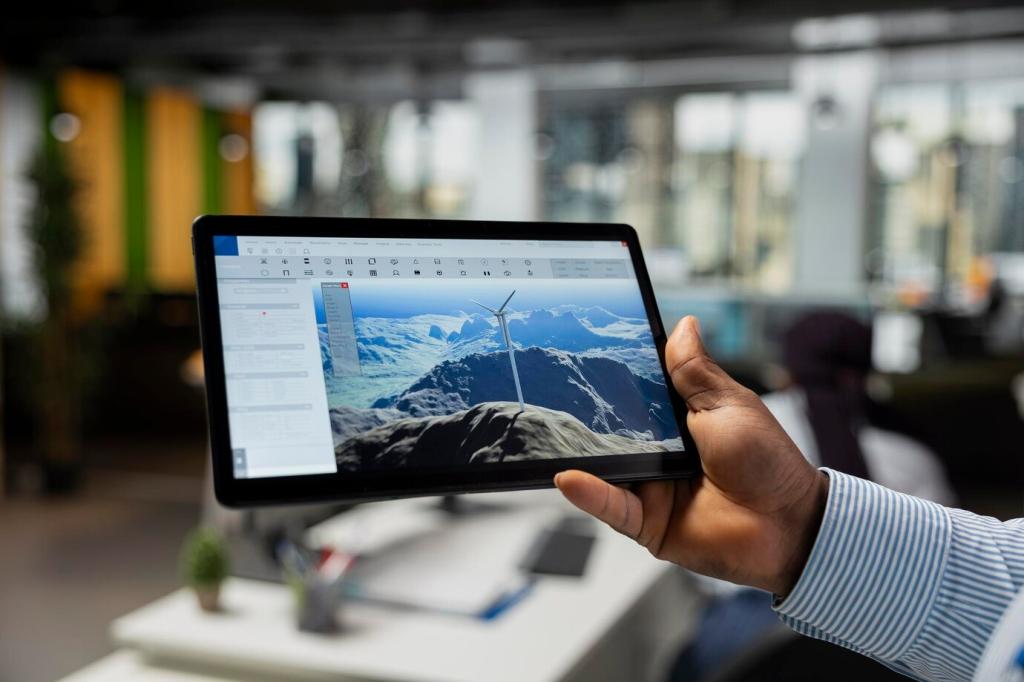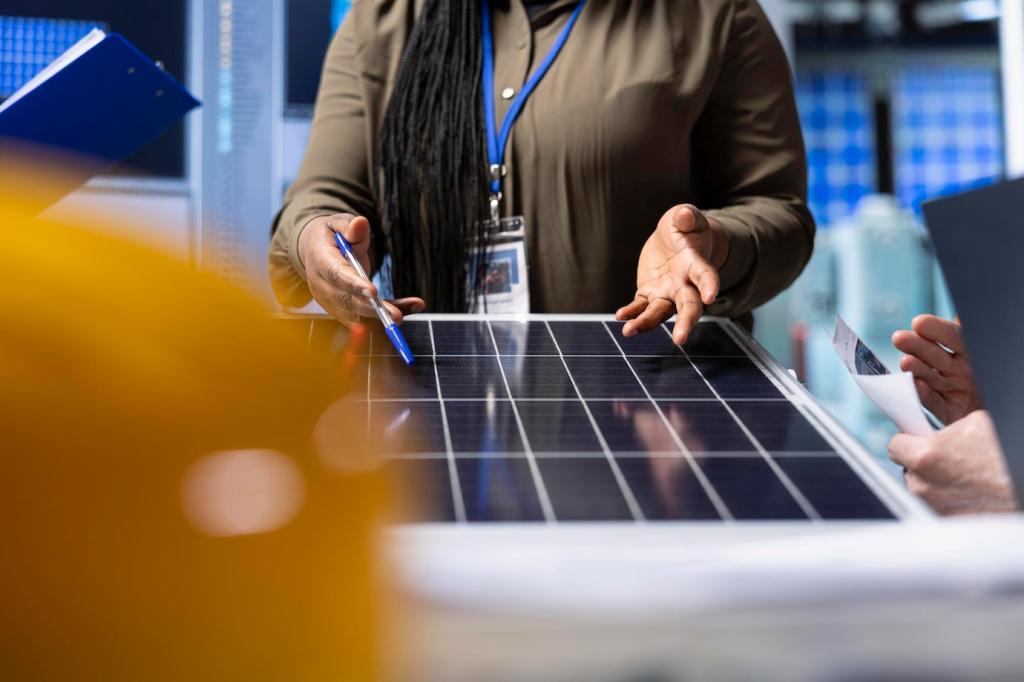Chosen Theme: Innovations in Biodegradable Packaging
Welcome to a future where packaging protects products and the planet. Today’s focus is Innovations in Biodegradable Packaging—materials and designs that perform beautifully, then gracefully return to nature. Explore the science, stories, and practical steps shaping compostable, plant-based, and bio-fabricated solutions. Join the conversation, subscribe for weekly insights, and tell us which packaging dilemmas you want solved next.

From Plant to Package: The New Material Palette
Polylactic acid (PLA) and polyhydroxyalkanoates (PHA) are created by fermenting sugars or plant oils, yielding plastics that can break down under composting conditions. They mimic conventional polymers in clarity and formability, enabling thermoformed trays, cups, and films without sacrificing shelf appeal.
From Plant to Package: The New Material Palette
Grown from fungal mycelium and agricultural byproducts, these custom-molded cushions rival petroleum foams in shock absorption. After protecting fragile electronics or glass, the parts can be composted or crumbled into soil, turning protective packaging into a soil amendment rather than persistent waste.
Decoding EN 13432 and ASTM D6400
These standards require materials to disintegrate, biodegrade, and leave no eco-toxic residues within defined timeframes and temperatures. Passing means the packaging turns into CO2, water, and biomass, with heavy metals limited to safe thresholds, helping composters trust incoming streams without contamination.
Home Versus Industrial Composting
Industrial composting provides controlled heat and aeration that many bioplastics require to break down efficiently. Home composting is cooler and slower, better suited to paper, food scraps, and certain bio-coatings. Clear labeling avoids confusion and keeps compost quality high for community gardens.
A Neighborhood Compost Bin Story
When a local bakery switched to certified compostable wrappers, the community compost manager tracked weekly contamination. After labeling bins with timer icons showing expected breakdown time, contamination dropped by half, proving education matters as much as material innovation in achieving clean compost streams.




Life Cycle Thinking and Honest Metrics
Biodegradable does not automatically mean lower carbon. Farm inputs, transport, and composting emissions all matter. Yet when packaging displaces persistent plastics and avoids landfill methane, the total footprint can improve—especially when coupled with renewable energy and efficient logistics.
Policy, Markets, and Scaling Up
EPR schemes shift disposal costs upstream, rewarding packaging that fits local infrastructure. Where industrial composting expands, certified compostables gain traction, especially for food-contaminated formats that are hard to recycle cleanly through traditional plastic systems.
E‑Commerce and Food Delivery, Reimagined
Molded pulp, mycelium forms, and shredded agricultural fiber replace foamed polystyrene in parcels. They resist crushing, present cleanly, and compost readily, transforming unboxing from a bin-filling chore into a guilt-free, garden-friendly ritual.
E‑Commerce and Food Delivery, Reimagined
Compostable clamshells with bio-wax coatings hold up to saucy dishes. Paired with compostable cutlery and napkins, the entire kit can go into the organics bin, reducing contamination that ordinarily plagues mixed recycling streams after meals.


Future Horizons: Smarter, Safer, More Circular
Pectin and cellulose matrices can host natural dyes that change color with pH, signaling spoilage without electronics. These simple indicators help reduce food waste while remaining compatible with industrial composting and safe in organic streams.
Printable, compostable QR and data matrices enable supply chain visibility without embedded plastics. Combined with water-based inks and adhesives, the tracking layer breaks down alongside the substrate, preserving the biodegradation profile of the entire pack.
Husks, stalks, and peels once treated as waste become feedstock for fibers, fillers, and coatings. This circular sourcing creates new farmer revenue and reduces pressure on forests, widening the feedstock base for resilient, biodegradable packaging supply chains.
